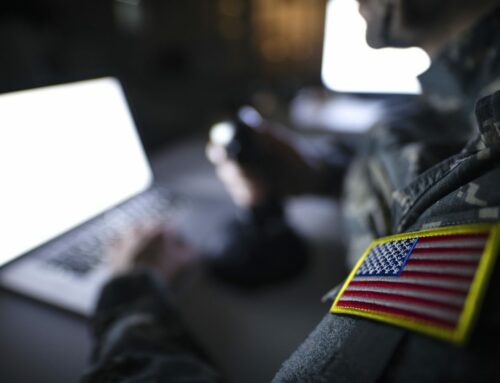Lee Cooper
Cost to Prepare Federal Proposal
The cost to prepare a federal proposal has always been high. Our experience suggests that bidders often spend the following amounts on the different types of proposals:
1. High end technical engineering services staff augmentation – 1.5% more or less. The bidder is providing a team to deliver technical support working on the customer site.
2. High end solutions proposals where the bidder has to deliver something like a hardware / software integrated solution – 2.5 – 3%. This is the type of proposal where the bidder system architects / engineers typically develop a solution to solve a customer problem.
3. Product proposals – often a fraction of 1%. Typically the bidder is providing commercially available products in response to relatively simple solicitations. Variables impacting the difficulty and cost of the proposal include items like warranty, maintenance, service, training, help desk, configuration, installation, and others.
4. Base O&M – 1.2% or less. The actual cost varies with the solicitation requirements. For example, if it is a simple solicitation requiring only key person resumes and past performance? Or is it a more complex procurement including plans such as management, transition, financial, QA, risk, and others? Further, does the bidder have a philosophy of preparing the proposal for the lowest possible cost? Or do they try to be more deliberate and invest enough in the proposal to increase the win probability? Where the RFP requirements are simple and the bidder has templates, it is sometimes possible to prepare a proposal for as little as two-tenths or three-tenths of one percent of the contract value. Where bidders try to limit proposal cost as much as possible, the price might be half of one percent of the contract value.
Variables Causing Added Cost
Within the different federal proposal types, the cost of preparing the proposal is affected by the relative complexity of the solicitation as well as by field conditions. By field conditions, we mean variables such as the length of the proposal period. For example, two procurements that are notoriously expensive to work are NASA SEWP and GSA ALLIANT. The bid periods for these two programs are extended so many times that the cost to prepare the proposals is high. Likewise, in the 1990s TRW was bidding a large Air Force contract. The proposal was delayed for a few years, and the delays caused the cost of the winning proposal to escalate to 10% of contract value.
Other variables affecting the cost to prepare federal proposals of the various types include the following:
1. On IDIQ contracts, the cost includes not only winning the contract but also proposal support for the task order proposals during the life of the contract.
2. The cost of providing demonstrations necessary to win a contract can be high.
3. As more and more bidders see the need to complete price to win (PTW) and Competitive Analyses (CA), they incur the high costs required to prepare these critical studies. Cost of a PTW / CA evolution can range from $20,000 to $200,000 or $300,000 or more depending on the number of competitors and size of the program.
4. If the solicitation requires complex and extensive plans, this can greatly increase the cost. This includes plans such as management, training, configuration, security, risk, QA, and numerous others. If each plan takes two FTE weeks, then the added cost can readily be calculated.
5. Oral proposals. Assume a company uses an orals coach who works with a 5-person in-house team for two weeks. The cost for this evolution in consultant and in-house personnel time could easily be $50,000 – $60,000 on top of other proposal costs.
Need help pricing an upcoming proposal? 






Leave A Comment